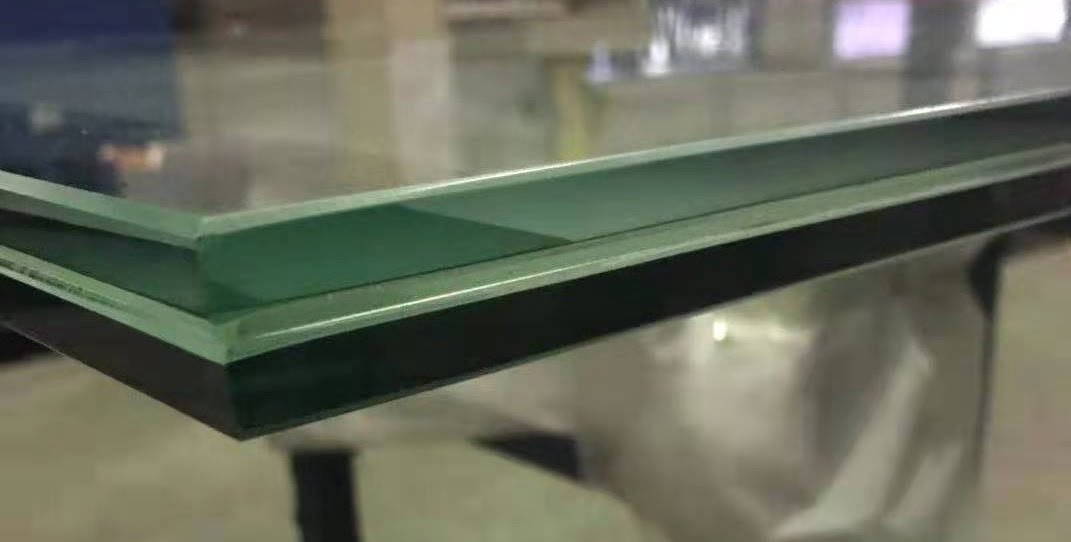Laminated Glass

Laminated glass is a type of safety glass that is made by sandwiching a layer of plastic (typically PVB) between two layers of glass. This type of glass is perfect for safety and security.
History of Laminated Glass
Laminated glass was first developed in the early 1900s. The earliest recorded use of laminated glass was in 1903, when it was used in the windshields of automobiles to improve safety. However, the process of creating laminated glass was not perfected until the 1930s.
How is Laminated Glass Made?
Laminated glass is produced by sandwiching a layer of plastic (typically PVB) between two layers of glass. The three layers are then heated and pressed together to form a bond. The final product is a glass that has a layer of plastic in the middle, which helps to hold the glass together in the event of breakage.
What are the advantages of Laminated Glass?
Laminated glass has a number of advantages, including:
- Safety: Laminated glass is less likely to shatter into sharp shards than regular glass, which makes it a safer option for certain applications.
- Security: Laminated glass can provide added security as the plastic layer provides a barrier to entry.
- UV protection: Laminated glass can also provide UV protection, which can help to reduce fading of furniture and flooring.
- Sound insulation: Laminated glass can also help to reduce noise pollution.
What are the disadvantages of Laminated Glass?
Laminated glass does have a few disadvantages, including:
- Limited design options: Laminated glass is not as versatile as single paned glass when it comes to design options.
- Higher cost: Laminated glass is typically more expensive than regular glass.
- Difficulty of repair: If the laminated glass is broken it can’t be repaired and need to be replaced.
What are the applications of Laminated Glass?
Laminated glass is a versatile and useful material that can be used in a variety of applications, including:
Windows: Laminated glass can be used in windows to improve safety and security. The plastic layer in the middle of the glass can help to hold it together in the event of breakage, preventing shards of glass from flying out and injuring people. This makes it ideal for use in homes, offices and other buildings where safety is a concern.
Doors: Laminated glass is often used in doors for similar reasons as above. Its added strength and ability to hold together in case of breakage, makes it an ideal option for use in entryways, sliding doors and other types of doors where security and safety are priorities.
Shopfronts: Laminated glass can be used in shopfronts to improve safety and security. The plastic layer in the middle of the glass can help to hold it together in the event of breakage, preventing shards of glass from flying out and injuring people. This makes it ideal for use in retail stores, shopping centers, and other commercial properties where safety is a concern.
Balustrades: Laminated glass can be used in balustrades to improve safety. The plastic layer in the middle of the glass can help to hold it together in the event of breakage, preventing shards of glass from flying out and injuring people. This makes it ideal for use in staircases, balconies, and other areas where safety is a concern.
Skylights: Laminated glass can be used in skylights to provide UV protection and sound insulation. The plastic layer in the middle of the glass can help to block UV rays

AUTHOR: Nhu Tran
Operations Manager & Glazier at Grand Glass Repairs - Door & Window Glass Replacement
Nhu Tran is a highly experienced glazier who currently works for Grand Glass Repairs in Sydney. With many years of experience in the field, Nhu has become an expert at he’s craft and can be counted on to get the job done right, no matter how challenging it may be. He takes great pride in her work and is always looking for new ways to improve her skills. When she’s not working, Nhu enjoys spending time with he’s family and friends.
